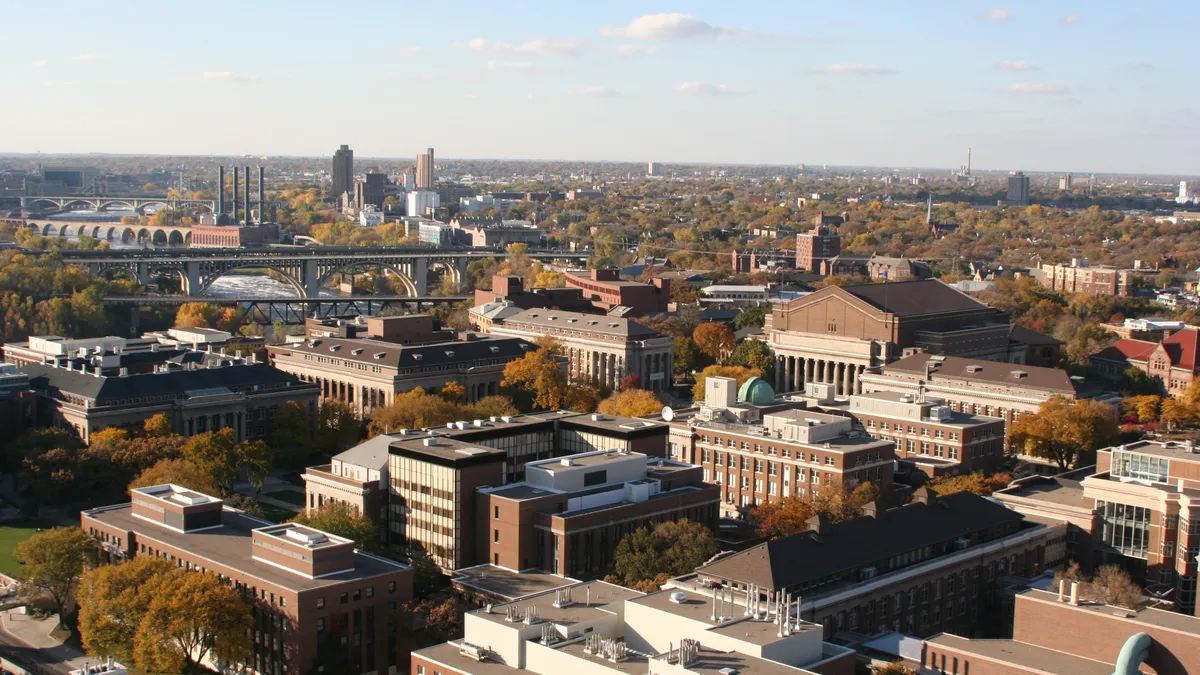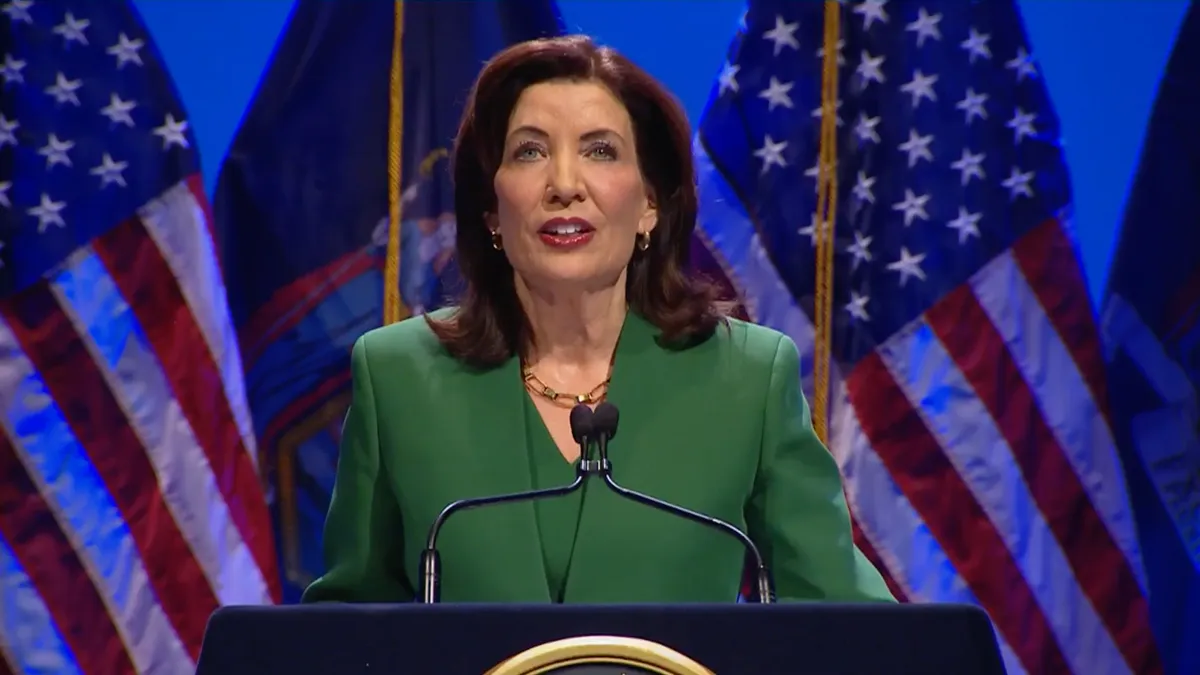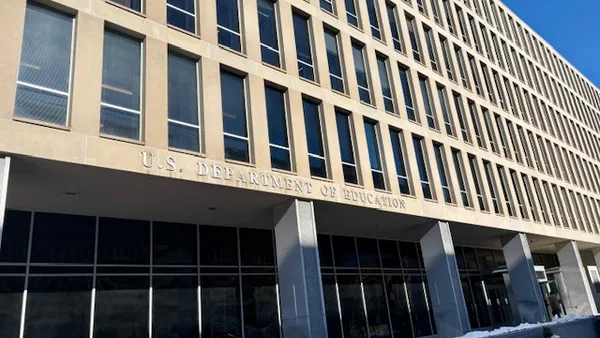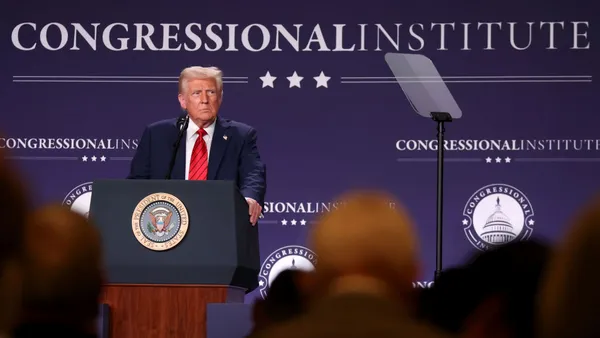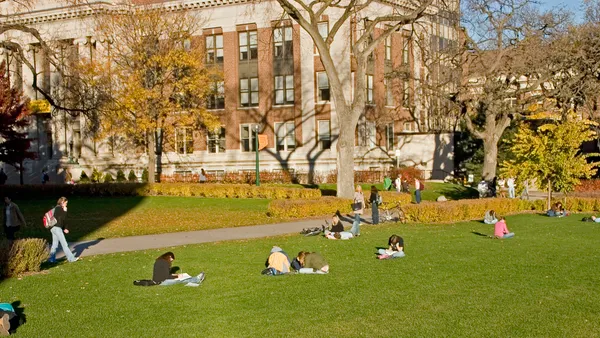Dive Brief:
- The University of Minnesota has about 60 candidates for its open presidential position, far fewer than the 150 candidates who applied the last time the job was available, in 2010, according to the StarTribune.
- One higher education official interviewed said the pool is small for an institution of that size, which could be indicative of the changing nature and higher stakes of the job. The small size is also partly because the university changed search firms during the process, leaving it just three weeks to recruit. Some state officials also had suggested lowering the salary for the position.
- The university is moving forward with interviews, although additional applications could still come in. Faculty members have pressed for more details on the candidate pool, citing they felt a lack of transparency during the previous presidential selection process.
Dive Insight:
Like other universities, the U of Minnesota has faced challenges with enrollment, including a roughly 25% drop in the number out-of-state students over a two-year period that is largely attributed to tuition increases of around 15%. One reason state legislators are proposing a lower salary for the university's new president is to send a positive message to students and their families as tuition costs increase as well as to help justify requests for more state funding.
These are just a few indicators that the job of college president is changing. The average tenure for a college president fell from 8.5 years in 2006 to 6.5 years in 2016, according to the 2017 American College President Study from the American Council on Education and the TIAA Institute. Other research has shown the rate of involuntary departures has been increasing at a faster clip than voluntary ones, with economic pressures of the Great Recession, financial impropriety, political controversy, fissures with the board and dissatisfaction on campus also factoring in.
In addition to the U of Minnesota, several recent or planned presidential departures have left leadership spots open at major universities. The University of North Carolina System, the University of Maryland, the University of South Florida and the University of South Carolina will all be looking to replace their presidents, who have announced plans to depart in 2019.
Michigan State University announced earlier this year that it hopes to permanently replace former President Lou Anna Simon by June 2019. And the University of Southern California is underway with finding a permanent replacement for former President Max Nikias. Both Simon and Nikias departed amid controversy over how their respective universities handled sexual misconduct allegations.
Newcomers may be more likely to have non-academic backgrounds. Mitch Daniels, who became president of Purdue University in 2013, was previously governor of Indiana and an executive at pharmaceutical company Eli Lilly. University of California System President Janet Napolitano, who also took office in 2013, was a former U.S. Homeland Security secretary as well as a governor and state attorney general. And Scott Pulsipher, who became president of Western Governors University in 2016, previously worked for technology-focused businesses, including Amazon.


